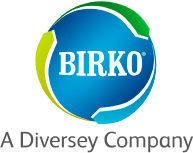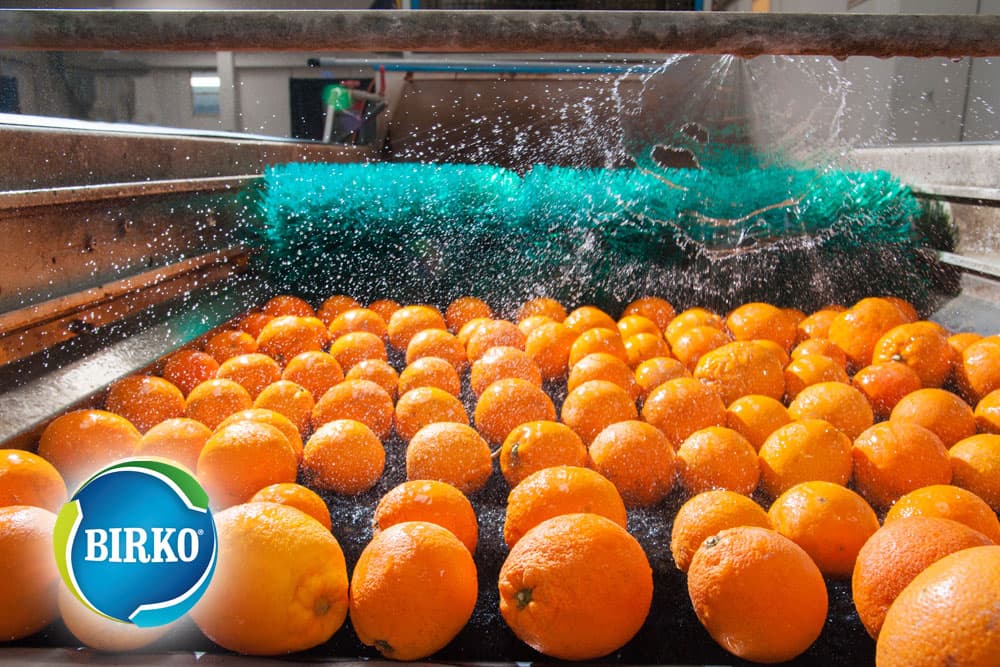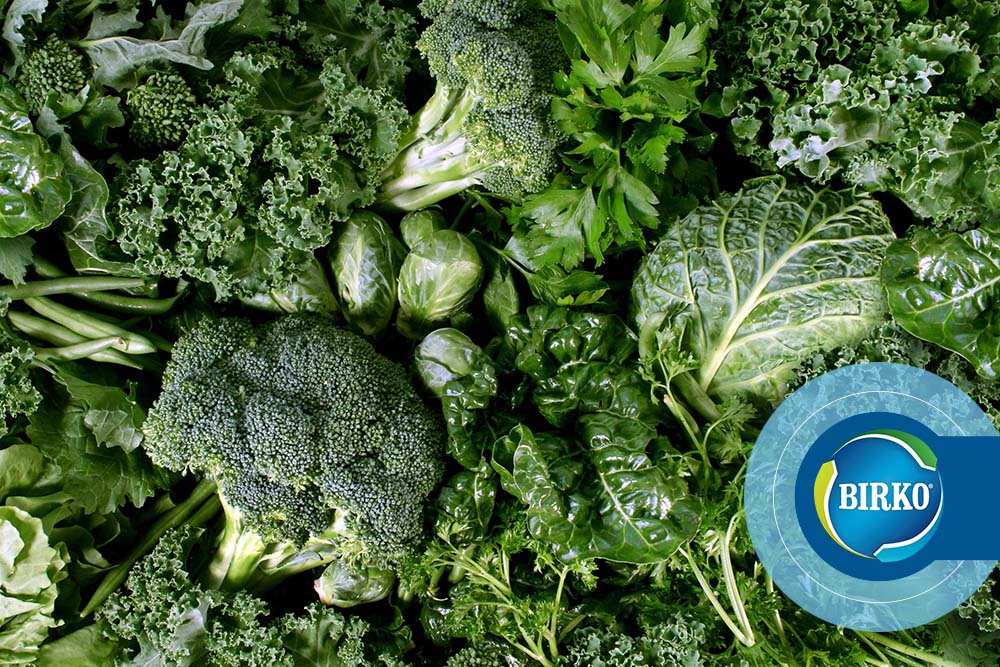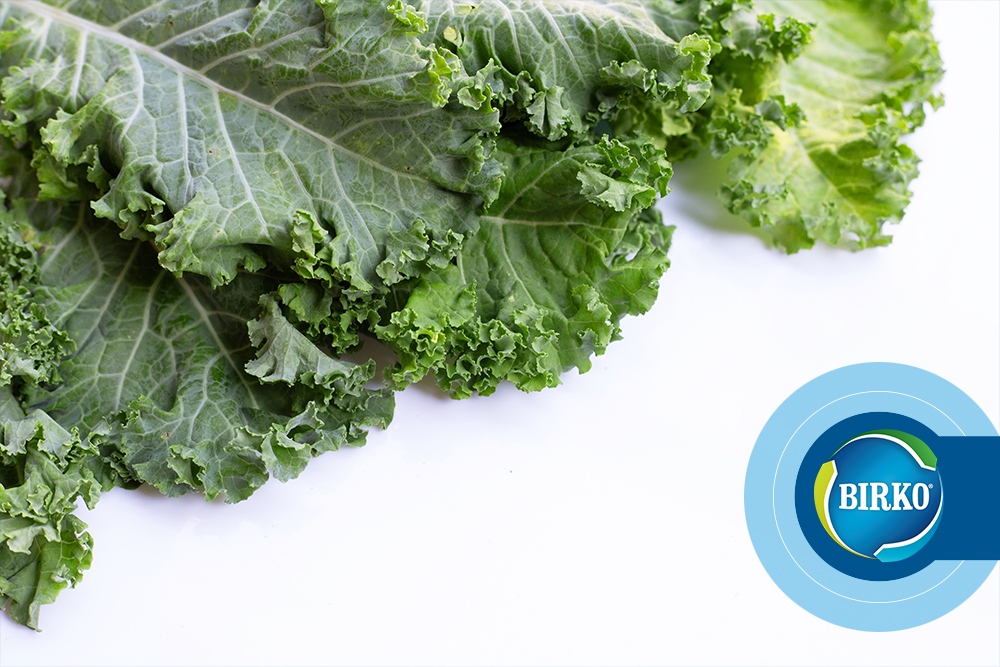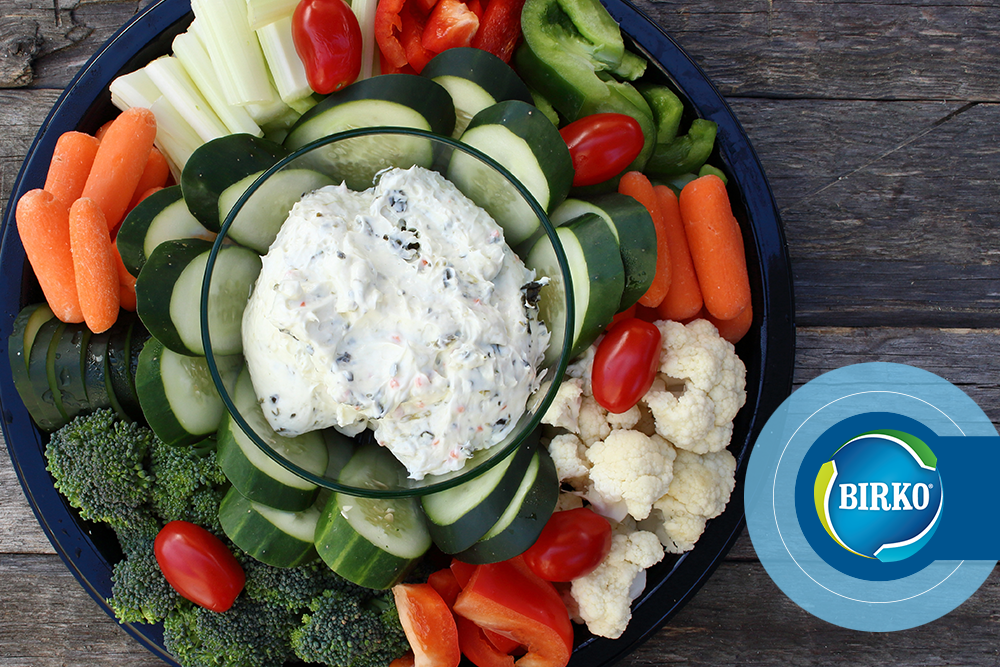As compliance dates roll out, and enforcement of regulations in the Food Safety Modernization Act (FSMA) begin, it’s becoming increasingly important for produce processors to not only make sure they are following current good manufacturing practices (cGMPs), but that they have upgraded their procedures to be compliant with the new standards.
When an FDA inspector shows up at your facility, what will he or she find?
Effective sanitary design can help produce processors create an environment that mitigates food safety risks, helping you protect your brand’s reputation and avoid the costly impact of a failed inspection, a recall or worse association with a food borne illness outbreak
While much of the increased scrutiny and regulatory control is new to the produce industry, the protein industry already understands the necessary steps for setting up sanitary plant production. The North American Meat Institute (NAMI) established its “10 Principles of Sanitary Design” almost two decades ago.
Though they were created by and for protein companies, the principles still apply in produce. And they offer guidelines for produce processors wanting to know where to begin when making food safety improvements that will help them to comply with FSMA and protect their products.
Following the 10 Principles of Sanitary Design
1. Cleanable to a microbiological level
In general, the equipment used for food processing should be constructed in a manner and of materials that is readily cleanable to reduce the risk of bacterial contamination, survival and growth.. Many of the following principles are directly related to this guideline.
2. Made of compatible materials
The equipment used in processing any type of food should be able to withstand chemicals used both during processing and in sanitation. Soft metals such as aluminium or galvanized steel which are readily corroded are common in produce processing facilities.
Stainless steel and chemical-resistant plastic are preferred materials. Soft metals and material with porous surfaces should be avoided. Equipment manufacturers should be able to customize components of equipment based on your facility’s needs. Learn more about Birko’s produce and fresh-cut food safety equipment.
3. Accessible for inspection, maintenance, cleaning and sanitation
Every part of the equipment used to process food in your plant should be reachable for cleaning and sanitation. If you invest in equipment with automated self-cleaning features, clean-in-place (CIP) systems will provide a more efficient process than clean-out-of-place (COP) systems, which need to be disassembled for cleaning.
4. No product or liquid collection
The harborage of liquid can promote bacterial growth. Produce processing equipment should be designed to be self-draining to make sure liquid isn’t pooling or condensing on the machinery. Watch for areas that may have become warped or dented and confirm no liquids are dripping or draining into product zone areas.
5. Hollow areas should be hermetically sealed
Eliminate hollow areas of equipment such as rollers and frames when possible. Otherwise, make sure they are permanently sealed. Bolts, studs, brackets, mounting plates, and other items should be welded to equipment surfaces rather than drilling holes. Capping hollow legs on tables is another essential step for improving food safety.
6. No niches
Produce processing equipment should not have any pits, cracks, gaps, open seams, lap joints or other niches, which are hard to clean can beharborage areas for pathogens. Likewise, cracks in walls and floors should be sealed to avoid contamination.
7. Sanitary operational performance
When in operation, the equipment should not contribute to unsanitary conditions or the harborage and growth of bacteria in any way. Product contact surfaces should be designed to prevent buildup of residue, and areas near product contact surfaces should be treated as if they were contact zone areas.
8. Hygienic design of maintenance enclosures
Maintenance enclosures and human-machine interfaces (HMIs) including valves, handles, and switches, as well as push buttons and touchscreens, should be designed to avoid the accumulation of product residue or liquid. Enclosures should have a slope or pitch, which helps prevent the area from being used as storage.
9. Hygienic compatibility with other plant systems
Certain equipment may require additional sub-systems including drainage, automated cleaning, or exhaust. These systems should not contribute to sanitary risks. Sanitation crews should assess both the equipment and its sub-systems together rather than individually. The first eight principles should be used in the evaluation of compatibility.
10. Validated cleaning and sanitizing protocols
The final principle is a vital one. Produce processors must have documented written procedures clearly explaining sanitation protocols. This includes showing that chemicals recommended for cleaning and sanitation are compatible with the equipment and the manufacturing environment.
Get Expert Guidance and Food Safety Solutions from Birko
Proper sanitary design is fundamental to preventing and controlling problems such as Listeria risks in produce processing. However, realize that the “10 Principles of Sanitary Design” are only a starting point for evaluating food safety in your facility, helping you to identify the next steps for improvement. Each facility will have unique environments, challenges and considerations.
Navigating the regulatory changes of FSMA can seem daunting. That’s why produce processors need trustworthy food safety specialists who can provide advice and the right products to help diminish the likelihood of costly risks.
From customized chemical solutions and sanitation automation to certified in-house experts, Birko is the food safety partner you need. We have Preventive Controls Qualified Individuals (PCQIs), a role specific to FSMA regulations, who’ve completed FDA training in the development and application of risk-based preventive controls.
Find out more about Birko’s products and services for produce and fresh cut clients, or contact us today to get started and find the representative serving your region.
Watch a Webinar on Sanitary Design with Elis Owens and Bob Ogren
Additional Resources:
- Sanitary Equipment Design Principles – North American Meat Institute
- Webinar recording: Everything Your Plant Needs to Know About Sanitary Design – Food Safety Tech
 Elis Owens, Ph.D., Director, Technical Services, Birko, can be reached at [email protected] or (303) 289-1090.
Elis Owens, Ph.D., Director, Technical Services, Birko, can be reached at [email protected] or (303) 289-1090.

